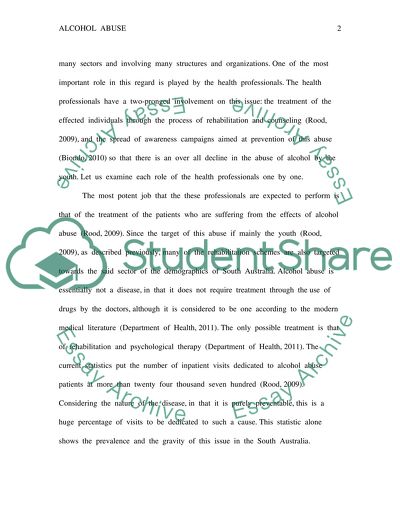Cite this document
(“Alcohol abuse in Victoria, South Australia Essay”, n.d.)
Retrieved de https://studentshare.org/nursing/1390946-alcohol-abuse-in-victoria-south-australia
Retrieved de https://studentshare.org/nursing/1390946-alcohol-abuse-in-victoria-south-australia
(Alcohol Abuse in Victoria, South Australia Essay)
https://studentshare.org/nursing/1390946-alcohol-abuse-in-victoria-south-australia.
https://studentshare.org/nursing/1390946-alcohol-abuse-in-victoria-south-australia.
“Alcohol Abuse in Victoria, South Australia Essay”, n.d. https://studentshare.org/nursing/1390946-alcohol-abuse-in-victoria-south-australia.


